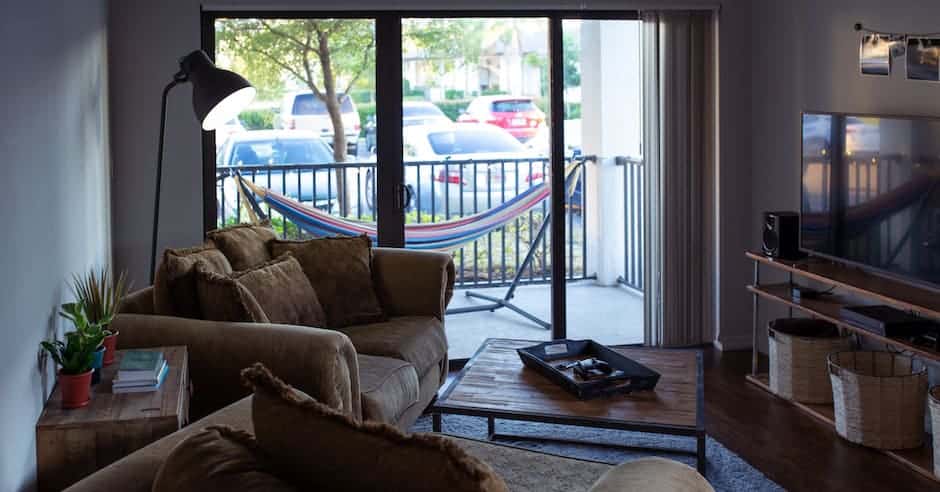Many of us will live in a rental property at some point in our lives. Whether you have newly joined the workforce, are saving for a place of your own or just do not want the burden of home maintenance, the benefits of renting are undeniable.
Tenants who execute a lease agreement with another party are considered business invitees of their landlord. Like business owners, landlords have a duty to maintain a safe environment for their lessees. When someone is injured on rental property, an analysis may need to be done to determine who is liable for the injured party’s damage.
If the landlord is not compliant with minimum housing regulations, neglects to correct property defects or doesn’t meet appropriate safety conditions, then they could be found liable for rental property injuries sustained by tenants or their visitors. But, when an injury has been caused by the occupant’s carelessness, the reverse may also be true.
The specifics of a premises liability case are unique to the outcome of each situation. Below are examples of conditions that the court may use to determine a landlord’s liability for an injuries sustained at a rental property:
1. The injury occurred in a common area.
A tenant’s rental unit is their home. Whatever happens inside of this unit is generally not the landlord’s responsibility, unless it is a result of their negligence to fix a known or potential issue.
While a landlord’s liability for rental property injuries sustained inside of a tenant’s home is somewhat limited, the landlord is directly responsible for common areas. As soon as a tenant walks outside of their unit, they are in a common area – any place open to all of a building’s occupants.
Common areas on a rental property may include:
- Stairways and/or corridors
- Elevators
- Fitness room or workout facility
- Laundry room or facility
- Trash disposal area
- Parking lot, carport and/or garage
- Sidewalks
- Courtyards
- Playgrounds
A landlord could be found liable if their negligence was the direct cause of a renter’s injury in a common area. Common examples include uneven pavement that someone trips on or icy pavement that causes a slip and fall accident outside of a tenant’s unit.
2. The landlord knew or should have known about a dangerous condition.
Negligence is key in proving liability against a landlord. For a hazardous condition to be considered negligent, it must be known to the landlord – or something they should have known about.
Landlords have a duty to regularly inspect their property for safety hazards. An obvious defect, such as a burned-out light or a broken step, can be easily identified without waiting for a tenant to report the issue. When an issue has been reported by a tenant, the landlord also has a duty to make prompt repairs.
3. The landlord did not fix a dangerous condition within a reasonable amount of time.
Rome wasn’t built in a day, and your rental complex probably wasn’t either. But when a safety hazard has been identified by or reported to a landlord, they have an obligation to correct it in a timely fashion.
It might not be feasible to fix a cracked playground slide in an hour. But, it also can’t be left in disarray for several weeks until a child is injured on the equipment. However, once the landlord learns of the dangerous condition, the landlord has a duty to warn of the dangerous condition or barricade it so that people will not be exposed to the danger. For example, putting up caution tape or closing the area completely. Communicating with the building’s occupants can also help ensure they are aware of any temporary hazards.
4. A reasonable safety or security measure is available that could have reduced the risk of a crime if there is a history of prior criminal activity.
State law generally dictates the safety and security standards with which a landlord needs to comply. Typically, these measures include:
- Adequate lighting, especially in stairwells and parking lots
- Security for parking lots and the building, to help prevent theft and/or assault
- Protecting an apartment from burglary, including changing locks after a tenant leaves (particularly if angry, disgruntled or evicted)
- Installing security cameras
- Operating buzz-in doors and/or security gates
- Trimming bushes to provide clear sightlines
It is important to note that landlords do not have a duty to install some of these security devices unless there is a history of violent criminal activity in the area or on the property. Once installed, these safety features should also be serviced regularly to ensure they are fully functional. After all, what good is a security gate if it’s always open?
Remedies Available to a Tenant Injured on Rental Property
Accidents happen – but occupants in a rental property should never become injured as a result of negligence or unsafe conditions. The premises liability attorneys at Padberg Appelbaum Knepper in St. Louis are well-versed in Illinois and Missouri laws, to help recover damages for victims of a rental property injury.
In one recent case, PC&A attorneys secured a $275,000 settlement for a woman who fractured her femur when a deck collapsed on the property she was renting. The settlement against her landlord will help with medical expenses and other damages incurred by the accident.
Premises liability cases are complex, and the specifics of a claim should be discussed with an experienced premises liability attorney. If you or a loved one have experienced a rental property injury, contact the law office of Padberg Appelbaum Knepper for a free consultation with one of our experienced attorneys.

